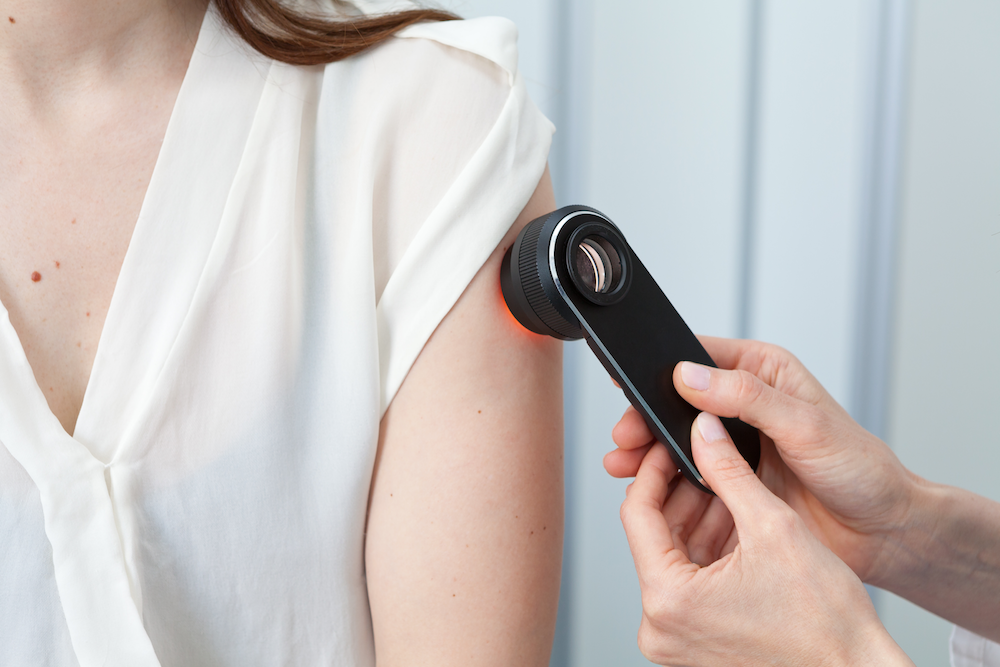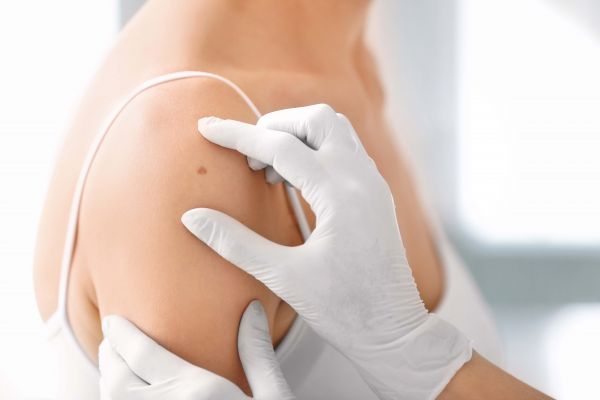Even though more people are aware of the harmful effects of the sun, rates of skin cancer are on the rise. Melanoma is the least common — but often more aggressive — type of skin cancer, diagnosed in more than 100,000 Americans each year. It can spread to the liver, brain, lung or soft tissue throughout the body, so treating the disease correctly is critical. No matter how advanced the disease may be at the time of diagnosis, every patient asks the same question: “How long can I live with melanoma?”
“Forever,” says Igor Puzanov, MD, MSCI, FACP, Chief of Melanoma at Roswell Park. “Thanks to new drugs and treatments, survival rates are improving for melanoma patients — as high as 54% at four years for stage 4 patients, with an ipilimumab and nivolumab combination.” That’s not to say someone diagnosed with stage 3 or 4 melanoma is left hanging onto a sliver of hope. “We are improving survival rates across the board. As survival rates for stage 4 improve, so do those for Stage 3 and so on, down the line.”
Prevention and early detection are crucial
“As with other types of cancer, melanoma is easiest to treat when caught in its earliest stages,” says Puzanov. With any form of skin cancer, prevention is your best line of defense. “Wearing sunscreen and avoiding artificial tanning are two big steps. I’d also suggest wearing sunglasses, since you could develop an ocular melanoma [in the eye], and those can be hard to detect early.
“Knowing your body is important. If there are any changes in the size, shape or color of your moles or birthmarks, you need to get those checked out.” Dr. Puzanov also suggests that you take advantage of skin screenings. “You could have melanoma for a long time before you realize it, because some types are not so obvious. Some aggressive forms, like nodular melanoma, grow fast, are visible and can hurt or bleed.”
While certain groups may be at a higher risk for melanoma, anyone can get the disease. “Any warnings we give don’t apply just to fair-skinned people or high-risk individuals. To someone just diagnosed from a lower-risk group, the odds don’t mean anything.” Puzanov stresses that everyone needs protection when going out into the sun.
Perform a Skin Self Exam
Find out how to perform an skin self exam and consult a physician if you have noticed anything unusual or irregular.
A hopeful future for treating melanoma
“With a multidisciplinary team like we have at Roswell Park, we’re able to make better decisions regarding your care. Our dedicated team includes surgeons, dermatologists and oncology specialists who discuss the details of each case.” Puzanov also notes that a team with so many different skills can help patients manage any side effects of their treatment. He estimates that nearly 50% of patients can enroll in new clinical trials, some of which are offered only at comprehensive cancer centers like Roswell Park.
“We are starting to cure melanoma, and it’s very exciting,” Puzanov adds happily. “We’re doing great things and hopefully people won’t have to die from this diagnosis anymore.” With new clinical trials, treatments and approaches, melanoma is quickly becoming a disease that can be managed and lived with as opposed to one that might be fatal.




